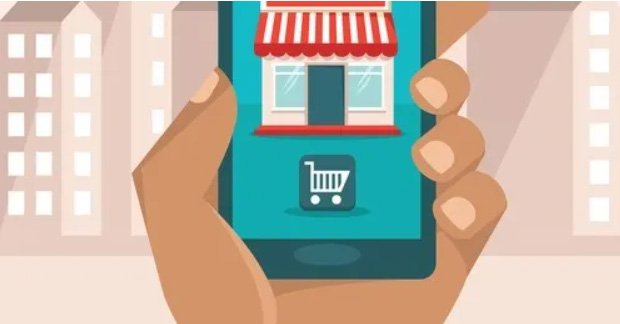The best retail stores have a recipe for success that combines unmatched customer service with a product mix built to meet consumer needs. But why limit the customer experience to in-store visitors? A 2013 study by eMarketer estimates U.S. consumers spent $37.44 billion on retail purchases made via smartphones and tablets. More than sales, your Web prospects offer valuable insight into future marketing strategies. Taking an offline and online approach to leverage the customer experience can catapult your retail business to greater success.
Low-Cost Visibility
Customers seek instant access to wants and needs, be it a drive or click away. A study by Accenture confirms that 88 percent of shoppers look online for products before deciding to go into a physical store to make a purchase. Not providing consumers with multiple purchasing platforms narrows the window of prospective buyers. Expand your reach without destroying your budget by adding an online shopping experience. In an instant gratification-driven market, transaction ease is key to profitability, regardless of the product. For example, mattress manufacturer Casper takes a digital approach to a once retail-only shopping experience. Rather than limiting mattress sales to in-store-only purchases, Casper expands its reach nationally with a hassle-free solution to bed buying. The appeal of online ordering and fast shipping is enhanced with cost-reduced options made possible, in part, by overhead cost savings.Get Started Tip: User-friendly website builders like Weebly provide easy shopping cart options that enable fast product uploads. To save time, the program templates are automatically optimized for mobile use.
Build your Brand
Becoming a household name, or even a neighborhood favorite, takes knowing your customer. An e-commerce platform acts as a testing ground for new products and marketing strategies to help you gather valuable insight into consumer needs. More than demographics, it’s imperative to mine personal data including customer likes, dislikes, life stage, and social interests. Take e-commerce giant Wayfair for example. According to Forbes, the company constantly probes and processes information about its customers to interact with them, anticipate their wishful thinking, personalize their home pages and turn search into a form of entertainment. The Web-only furniture and home decor retailer hit record numbers with a reported $1 billion in web sales in 2013. Powered by educated consumer observations, the company has expanded their brand portfolio to include Joss & Main, a flash sales site for upscale home goods.Get Started Tip: Use your e-commerce site to pinpoint your market. Web-based tools like Get Satisfaction enable small businesses to build online communities and provide a more social support experience to improve customer loyalty.
The Customer Experience
Adding an e-commerce platform doesn’t mean abandoning the brick-and-mortar strategy. Omni-channel retailing isn’t about creating one-way streets. It’s about connecting the cloud with physical space and streamlining the customer experience. Consider the strategy behind Warby Parker. An online retailer that offers $95 single-vision frames in 27 proprietary styles. A simple concept that has grown into a growing number of online sales. To enhance the customer experience, full service retail stores have opened New York City, Boston and Los Angeles. Complete with a photo booth that emails visitors their images and a tablet-based checkout, consumers can expect the same modern and engaged feel within Warby Parker’s physical store locations.Get Started Tip: More than meeting customers on their own terms and in their preferred platforms, your company culture should transcend across all platforms. Incorporate digital strategies in-store and promote online community by engaging in social media.
Kevin Norvell
Web Project Manager
KSBDC

